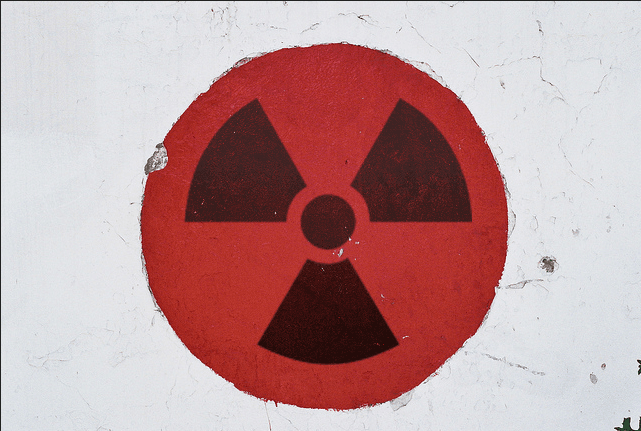Two years later, Fukushima still reeling from tsunami’s effects
A devastating tsunami caused a meltdown at the Fukushima nuclear facility. The area will be uninhabitable for generations. (Illustration by John Wernecke)
Radioactive water is likely seeping into the Pacific Ocean — more than two years after a tsunami caused a meltdown at the Fukushima Daiichi nuclear power plant in Japan.
Japanese officials have yet to fully contain the contaminated soil and water, which contain large quantities of radio nucleotides that could be harmful upon contact with humans.
These contaminants are quite mobile, strontium and tritium particularly, and so these are the ones that would wind up in the ocean and also in ocean life,” said Arjun Makhijani is President of the Institute for Energy and Environmental Research. “But currently it’s unclear how much of the contamination is reaching the ocean.”
Since the nucleotides from the radiation target stem cells in our immune systems, pregnant women are at particular risk.
“When the stem cells are being formed, if pregnant women drink contaminated water, or eat contaminated fish, the outcomes could be worse than cancer because then you’re talking about a much more compromised child in the sense of having a compromised immune system. It makes you more vulnerable to all kinds of diseases,” Makhijani said.
Similar to the nuclear accident at Chernobyl in 1986, it could take hundreds of years before the dangers of radiation subside at Fukushima.
Since the meltdown, Japanese officials have shut down 48 out of 54 reactors in the country, in part due to the public’s resistance and unease regarding the safety of the facilities.
Despite the negative public sentiment, Shinzo Abe, Japan’s prime minister, wishes to eventually restart the reactors.
But what will happen to Fukushima in the near future remains unclear, Makhijani said. The situation could become worse before it gets better.
“If that infrastructure that is now damaged becomes much more damaged, then the devastation could be quite great, and much more (contamination) could wind up in the oceans,” he said. “I mean, they have millions and millions of gallons of radioactive water that is stored in tanks on site, near the site, and they’ve been building tanks like they’re going out of style and they just cannot keep up.”
The Tokyo Electric Power Company, responsible for what is considered the largest nuclear cleanup in world history, has drawn criticism for its seemingly short-sighted containment techniques including freezing or hardening the ground with chemicals and sinking a 2500-foot stell barier along the coastline.
